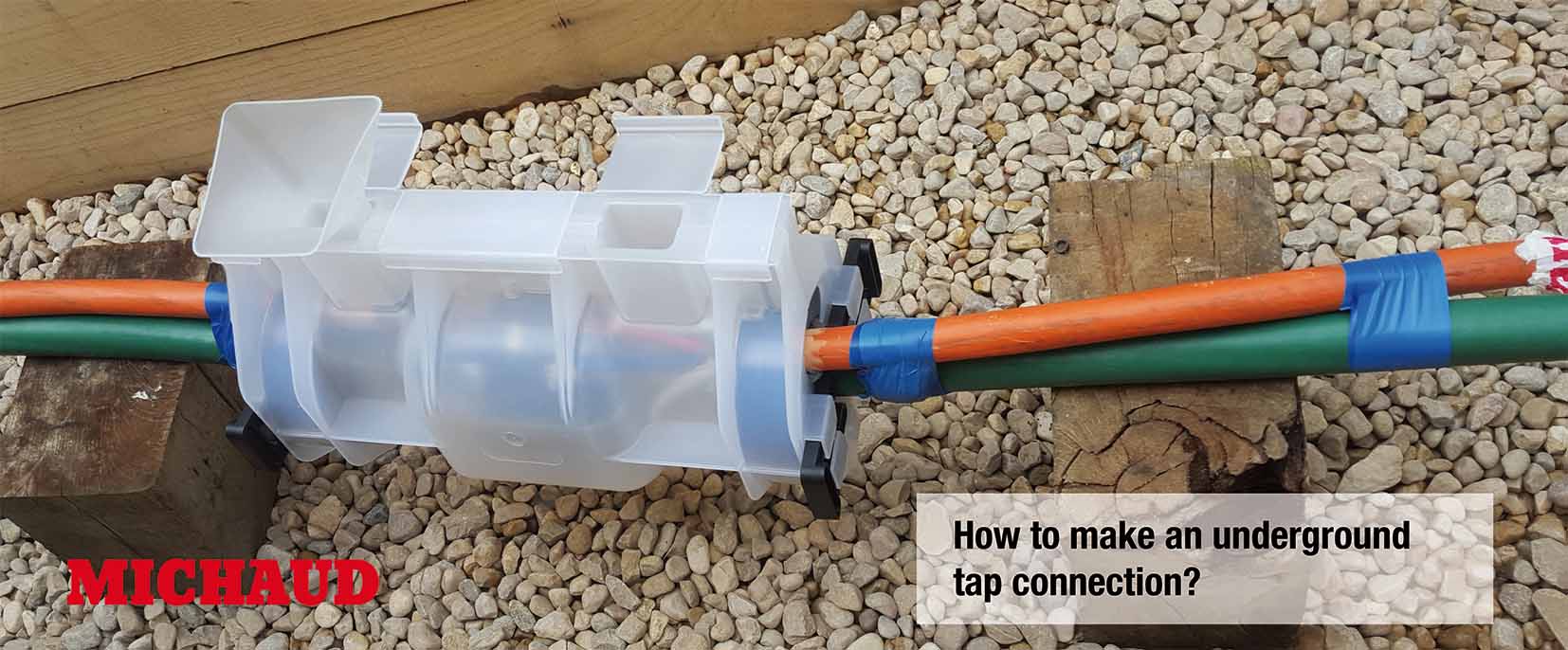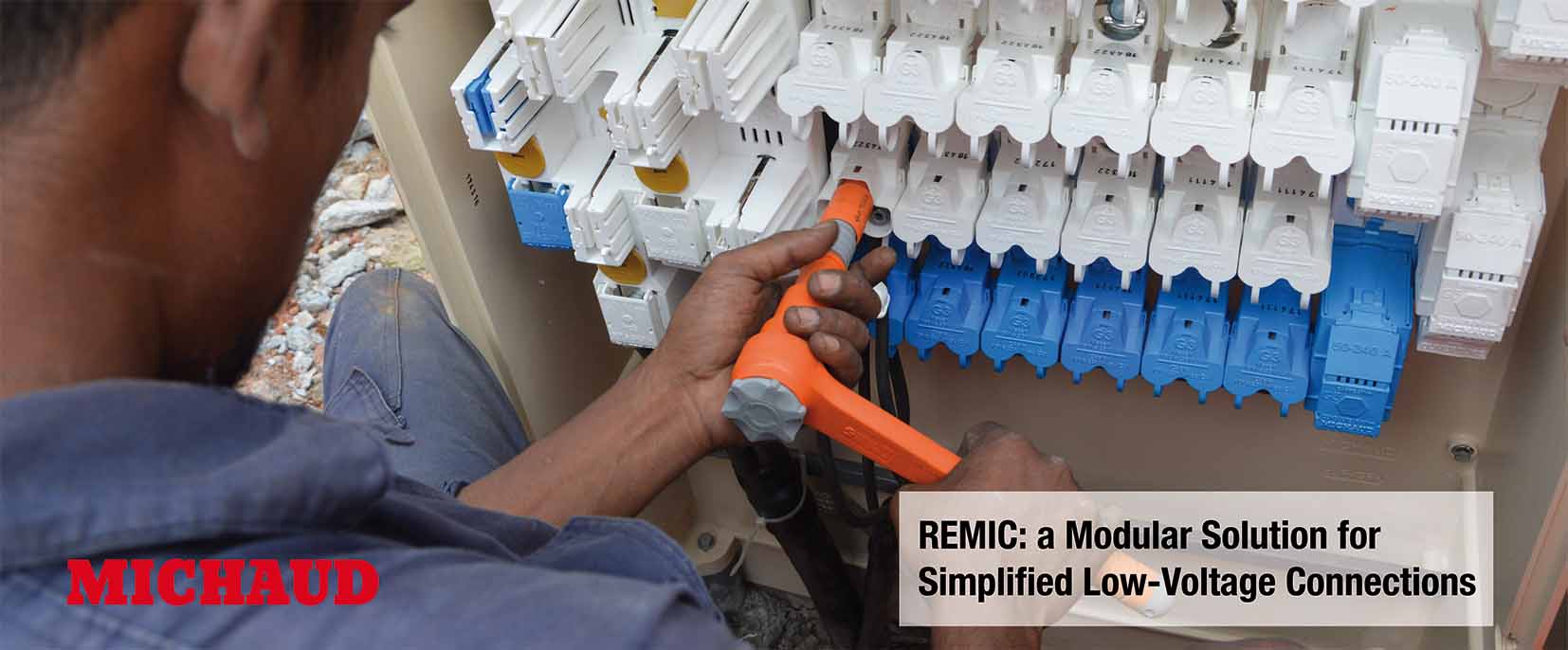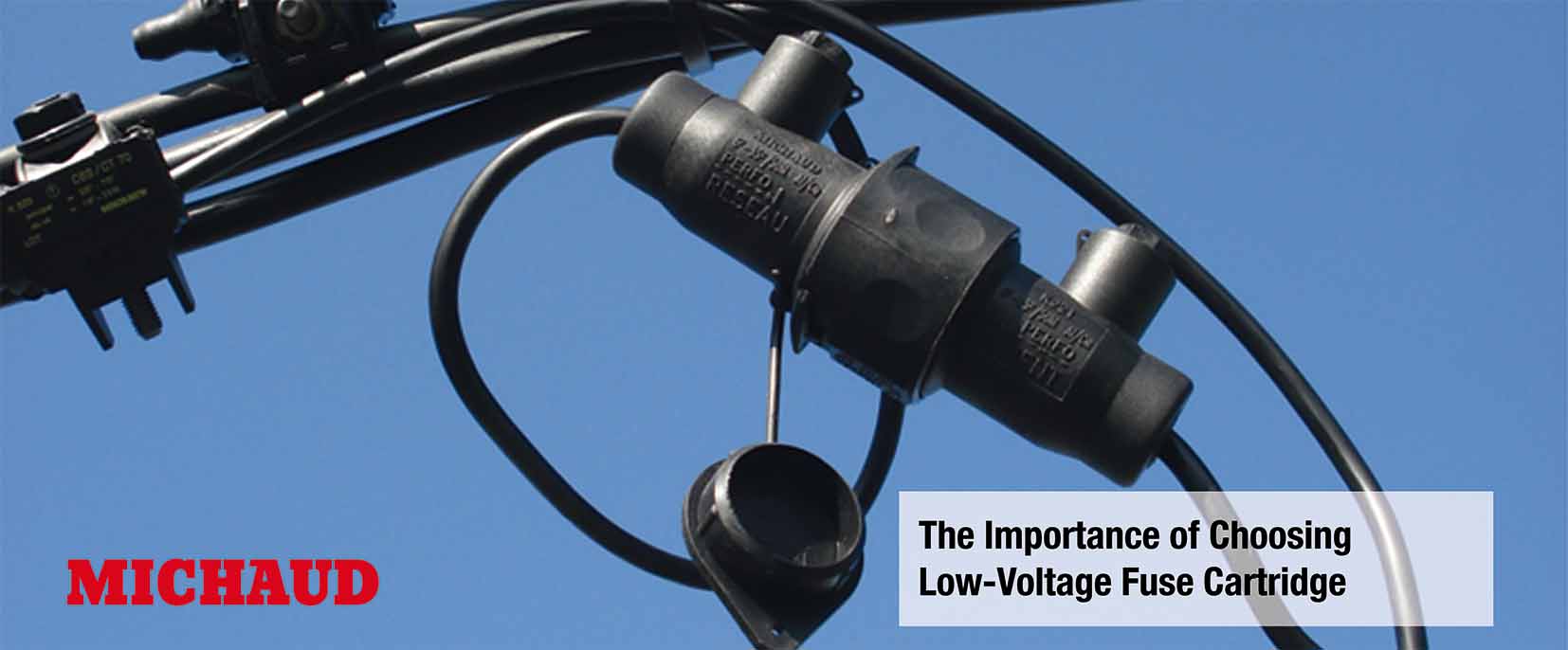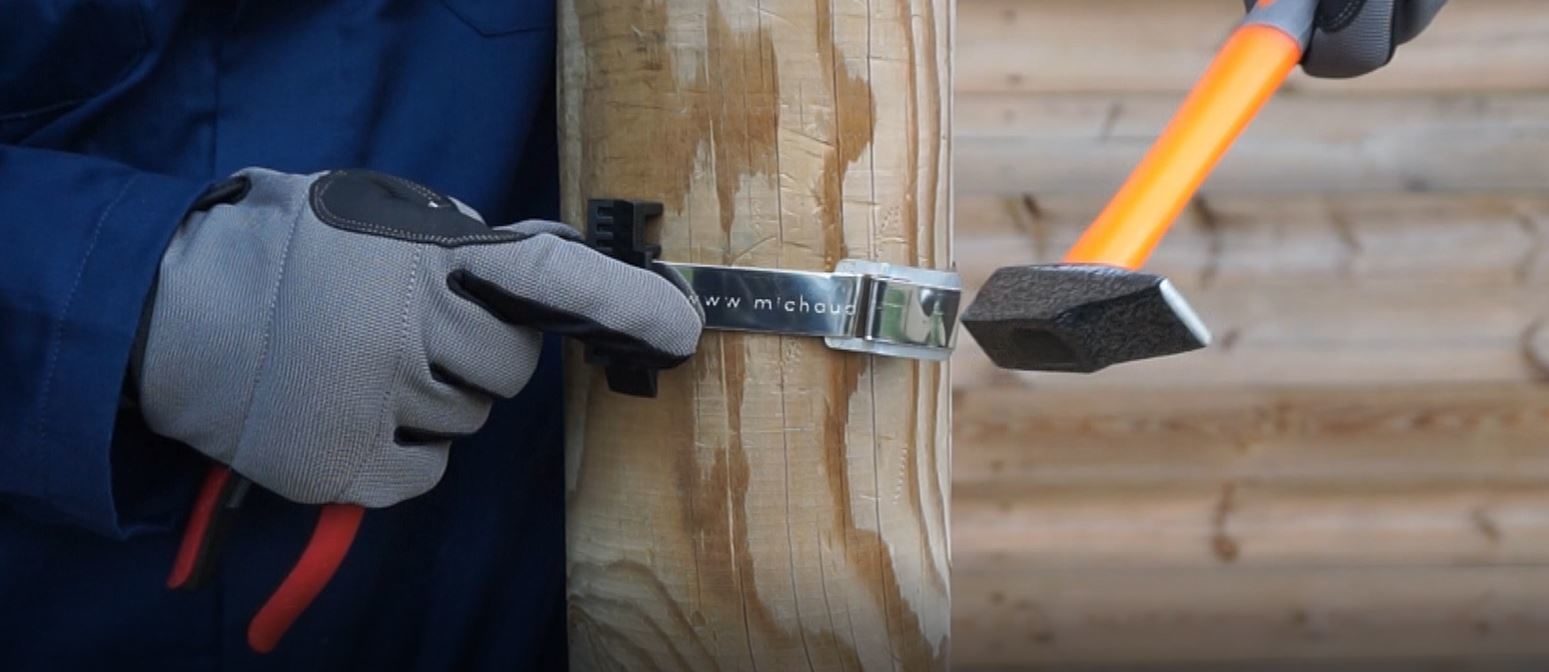
Grid stability: what is it?
Grid stability is ability to keep the same voltage and frequency values on the whole network.
On the one hand, it is necessary to keep equal the injunction and withdrawal of current. In other words, electricity production has to correspond with the energy consumption.
On other hand, the power line must be able to regain balance after a disturbance (technical, mechanical or weather incident, for example).
If the electrical stability is not insured, the equipment might be damaged. Moreover, it can lead to a power failure on a part of the grid, or on the whole.
It is very important to be able to continuously control voltage et frequency values in the power lines. There are some automatic and manual solutions.
The grid frequency stability
The frequency on most global networks is maintained around 50 Hertz. Several electric generators throughout the network allow alternating current to flow. Frequency increases when the energy produced is higher than the energy consumed. On the contrary, frequency decreases when more energy is consumed than produced.
To maintain grid stability, it’s necessary to take action continuously on production and consumption levels. Each transmission system operator (ex: RTE in France, Elia in Belgium, Swissgrid in Switzerland), dispose of balancing services (control reserve). These reserves are injected very quickly into the network via a three-step process.
Primary reserve
When the grid frequency stability is no longer established, the primary reserve is automatically activated by all participating power plants. Turbines will increase or decrease their power according to the encountered problem. This power production margin is called “primary reserve” or “Frequency Containment Reserve”. This setting is very quick: the entire of the reserve of each power plant can be mobilized in less than 30 seconds.
The setting influences the power production, so it modifies balances of control areas. In other words, all the power plants participate in the adjustment of the frequency, even if the instability does not occur in their geographical areas.
Secondary reserve
If the primary reserve is not enough to restore stability, power plants from the incident areas will automatically engage the secondary reserve (about 100 to 200 seconds).
This sitting will :
- Uses mainly the power of the secondary reserve of the concerned area
- Restores the whole primary reserve of the entire network to act again if there is a new problem on the lines
- Restores initially planned energy exchanges between the power plants
Tertiary reserve
In case of a lasting problem, power plants manually engage the tertiary reserve. Only some power plants engage this setting at a specific time (all of them are in the concerned area by the incident).
The power grid voltage stability
The voltage that flows through a power line depends on the type of the line:
- Extra high voltage lines carry a current higher than 150 000 volts
- High voltage lines carry a current higher than 30 000 volts
- Medium voltage lines carry a current higher than 1 000 volts
- Low voltage lines carry a current lower than 1000 volts
Equipment installed on the line are suitable for the voltage of the line. If the voltage increase, there is a big risk of material destruction. If the voltage is to low, current increase and causes more Joule effect losses.
Distribution networks are equipped by tension control solutions to ensure stability.
Primary reserve
When a voltage variation is detected, the first setting engaged is the primary reserve. This one has an effect on the alternator: it sets the reactive power supplied depending on the voltage. This setting is automatically triggered on the alternators present in the disturbance zone.
Secondary reserve
The secondary reserve intervenes when strong but slow voltage variations are detected on national scale (the primary reserve can’t correct them).
I will determine a level of participation of the alternators according to their real voltage and the so-called “pilot” voltage. It is also automated.
Tertiary reserve
Tertiary reserve is used as a last resort: it is triggered manually to restore and/or maintain the voltage plan.
How to maintain grid stability during connections
Ensuring grid stability also means avoiding frequency and voltage fluctuations as much as possible.
Even if some disruptions are unavoidable (ex: weather incident), many of them can be limited.
The material used and how the electrical connections are made have an influence on grid stability.
Make proper electrical connections
Connections can participate to the grid instability.
The connection is made to one of the three phases of the three-phase distribution network. If one of the power lines is overload compared to the others, some phenomena can appear:
- Risk of overloads causing heating of the phase and a risk of burning
- Risk of premature deterioration of equipment leading to a reduction of installation life
- Abnormal load on protective devices
- Problems with power generation
These risks are not only present a danger to individuals, but they are also very costly for a utility to maintain since the cable is the largest single expense in an installation.
That’s why it is important to considerate this problem when connections are made.
The multitap aerial connection box
To simplify connections, Michaud has developed a multitap aerial connection box. It offers some advantages:
- Make multiple connections while balancing the phases (up to 6 connections per phase)
- Reduce the number of connectors used (4 versus 12 for the same number of connections)
- Facilitate the work of the assembler (minimizes the risk of connection error and secures the assembly)
- Protect the connections (climatic, mechanical and electrical protection thanks to an IP43 enclosure)
If you have questions, please contact us!



